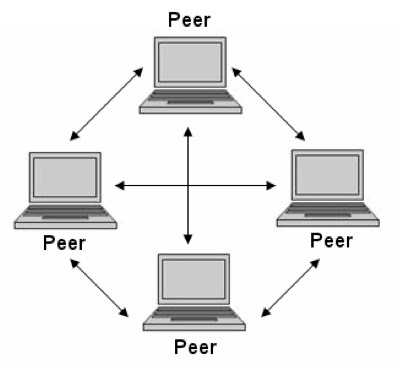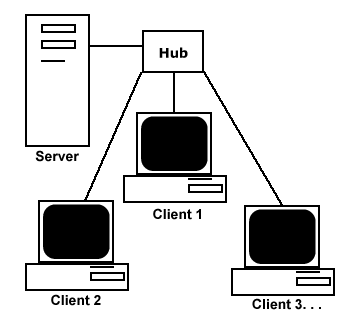
Peer-to-peer Network

Client-server Network

- Network architectures is the way network are designed to communicate.
Two types of network architectures :
- Peer-to-peer
- Client-Server
Peer-to-Peer Network
A network model in which all computers function as clients or servers as needed, and there's no centralized control over network resources.
| Advantages |
Disadvantages |
| Less startup cost to setup the network architecture (No need server) |
Decentralized (No central repository for files and applications) |
| Easy to install and configure for the computers in the network |
Less security (Does not provide the security available on a client/ server network) |
| When a peer fails, it will not affect other peers so the network is reliable |
Every user is taking care his/her own machine |
Client-Server Network
A network in which one or more computers act as a server, and the other computers (clients) on the network request services from the server.
| Advantages |
Disadvantages |
| Centralized (Resources and data security are controlled through the server) |
Expense (Requires initial investment in dedicated server) |
| Scalability (Adding or removing resources in the network can be easily done by configuring the server) |
Maintenance (Large networks will require a staff to ensure efficient operation) |
| Better management of files (All files are stored in the server) |
Dependence (When server goes down, operations will cease across the network) |